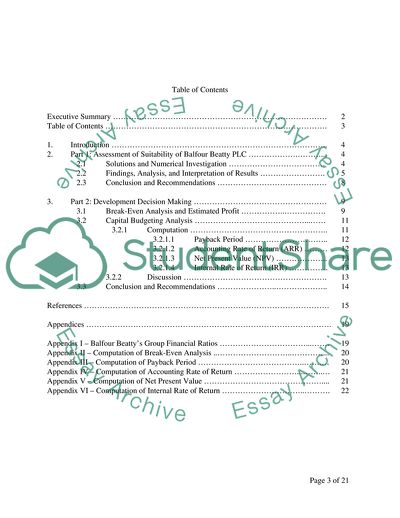Cite this document
(Capital Budgeting & Project Appraisal Report for New Housing Essay, n.d.)
Capital Budgeting & Project Appraisal Report for New Housing Essay. https://studentshare.org/finance-accounting/1880805-capital-budgeting-project-appraisal-report-for-new-housing-development
Capital Budgeting & Project Appraisal Report for New Housing Essay. https://studentshare.org/finance-accounting/1880805-capital-budgeting-project-appraisal-report-for-new-housing-development
(Capital Budgeting & Project Appraisal Report for New Housing Essay)
Capital Budgeting & Project Appraisal Report for New Housing Essay. https://studentshare.org/finance-accounting/1880805-capital-budgeting-project-appraisal-report-for-new-housing-development.
Capital Budgeting & Project Appraisal Report for New Housing Essay. https://studentshare.org/finance-accounting/1880805-capital-budgeting-project-appraisal-report-for-new-housing-development.
“Capital Budgeting & Project Appraisal Report for New Housing Essay”. https://studentshare.org/finance-accounting/1880805-capital-budgeting-project-appraisal-report-for-new-housing-development.


